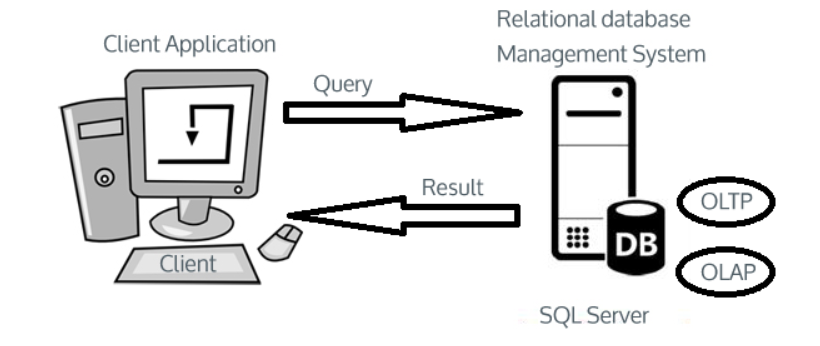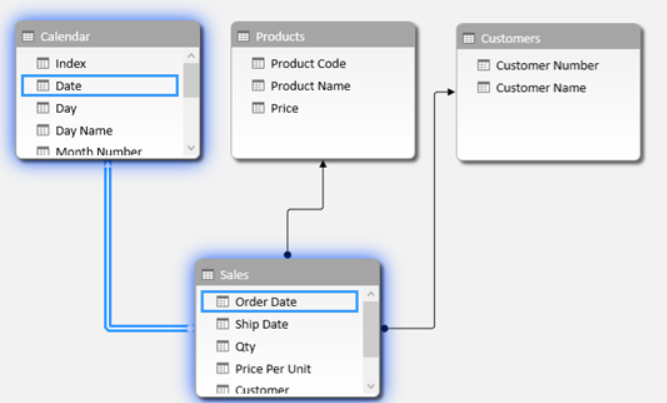What is SQL Server? A Beginner’s Guide to Microsoft’s Database Engine
By Kamlesh Bhor · 📅 02 Jul 2025 · 👁️ 602
🧠 Ideal for students and beginners starting their journey in database development.
✨ Introduction
Are you curious about databases and how they work? Do terms like “SQL” or “data storage” sound too technical? Don’t worry — this guide is made just for you!
In this article, we’ll break down what SQL Server is in simple language, why it’s used, and how it fits into the world of data and software development.
🏗️ What is SQL Server?
SQL Server is Microsoft’s relational database management system — also called an RDBMS. It helps individuals and businesses store, retrieve, and manage their data in an organized, efficient, and secure way.
You can think of SQL Server as a digital filing cabinet. Instead of storing your records (like customers, products, or sales) in Excel sheets or Word files, SQL Server stores them in a structured format where data can be searched, sorted, and updated instantly using SQL queries.
🧩 Why Do We Need SQL Server?
Here’s why SQL Server is used by beginners and large enterprises alike:
✅ Data Organization: Store data in rows and columns using tables
✅ Security: Control who can access and modify data
✅ Performance: Handle millions of records without slowing down
✅ Scalability: Works for small apps to enterprise-level systems
✅ Integration: Works with tools like Excel, Power BI, and C#/.NET apps
📌 Use Case Example:
Imagine you run an e-commerce website. Every product, customer, and order must be stored securely and retrieved quickly — SQL Server handles all that behind the scenes.

❓ What Does “SQL” Mean?
SQL stands for Structured Query Language — the standard language used to interact with databases.
Here are some basic operations you can perform using SQL:
🔍 SELECT – Read data from the database
➕ INSERT – Add new records
✏️ UPDATE – Modify existing data
🗑️ DELETE – Remove records
Example:
SELECT * FROM Customers;
This command fetches all records from the “Customers” table.
📚 What is a Relational Database?
A relational database stores data in multiple tables. These tables are linked using relationships — just like how Excel sheets can refer to each other.
Example:
-
🧍 Customers table → stores customer info
-
🛒 Orders table → stores purchase records
-
🧾 Products table → stores product catalog
These tables can be “joined” together to fetch complete data sets (e.g., find what a specific customer bought on a specific date).

🚀 SQL Server Editions – Which One Should You Use?
SQL Server comes in different versions depending on your use case:
| Edition | Description |
|---|---|
| 🎓 Developer | Free for learning and testing. Includes full features. |
| 🧪 Express | Free lightweight version for small apps. |
| 🏢 Standard | Used in small to medium businesses. |
| 🏭 Enterprise | Full-scale enterprise edition with advanced features. |
✅ If you're learning or experimenting — go with Developer Edition (it’s free!).
🌐 Real-Life Uses of SQL Server
Here are some real-world examples where SQL Server is used:
-
E-commerce websites to store customer and order data
-
Banking systems for secure transactions
-
Hospitals to manage patient records
-
Inventory systems in warehouses
-
Government portals storing citizen data
📌 Fun Fact: Many apps you use daily (shopping, banking, travel) rely on SQL Server or similar database engines in the background!
📥 How Do You Start Learning SQL Server?
You can begin right away by:
-
Installing SQL Server Developer Edition (we’ll show you how in the next article)
-
Using SQL Server Management Studio (SSMS) to connect and manage your database
-
Writing your first SELECT query and seeing the magic of data retrieval!
📌 Key Takeaways
-
SQL Server is Microsoft’s tool to store and manage data using relational tables.
-
It uses SQL language to query and manipulate data.
-
Widely used in almost every industry.
-
Comes in different editions — Developer Edition is free and great for beginners.
-
It’s your first step toward becoming a data professional or backend developer!

Article by Kamlesh Bhor
Feel free to comment below about this article.
💬 Join the Discussion